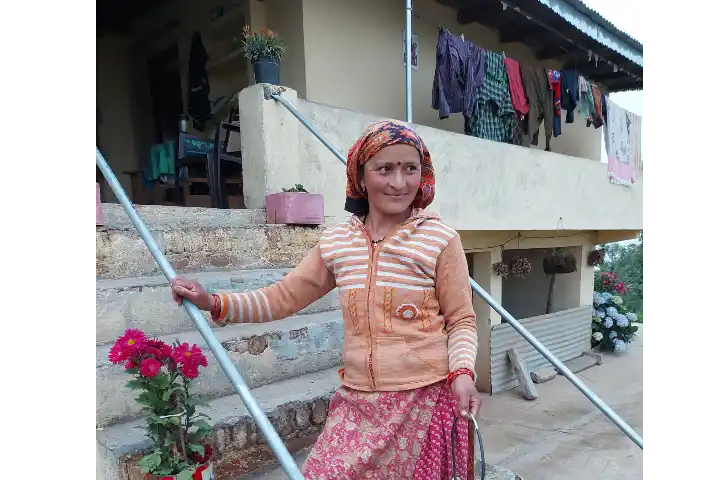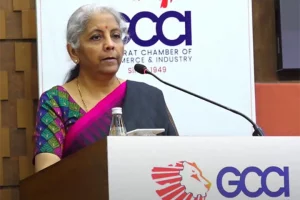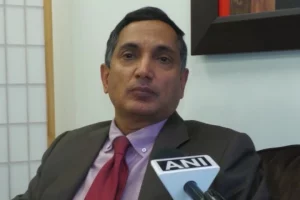Why is the demand for tractors or other fast moving consumer goods increasing despite a patchy and uneven monsoon? A surge in government spending especially with a focus on infrastructure which includes construction of roads and highway across the country, electrification and digital transformation are the key reasons for the robustness in the rural economy, experts say. Non farm income levels and access to credit in this critical segment have significantly improved in the last few years.
Earlier a report published by Deloitte India too pointed out that the number of middle-income households in the rural sectors has been steadily rising.
The government’s in this year’s Union Budget significantly pushed up capital investment – it has gone up to Rs 10 lakh crore from Rs 7.5 lakh crore. This is beginning to have a multiplier effect, pushing productivity, incomes levels, employment while easing inflation structurally.
“Rural economy is transforming. While uneven monsoon this year will definitely have some impact on the rural economy, the overall situation remains stable. Spends in the smaller towns and villages are likely to go up in the coming months due to the increased government expenditure. The approaching state and general elections will also boost spends,” Sanjay Kaul, chairman, Advisory Board, Rural Marketing Association, told India Narrative.
Kaul added that while rural economy continues to be primarily cash based, the unified payments interface (UPI) has made transfer of money or domestic remittance almost instant at a much lower cost. “The expanded use of mobile phones has pushed UPI, which in turn has boosted flow of money into the hands of the consumers,” he said.
The government has also been running a host of schemes targeted directly at the rural sector. The Pradhan Mantri Awas Yojana (PMAY), Mahatma Gandhi National Rural Employment Guarantee Act (MGNREGA), Deendayal Antyodaya Yojana – National Rural Livelihoods Mission (DAY-NRLM), National Social Assistance Programme (NSAP) are among the several ongoing programmes.
Another analyst said that the direct benefit schemes have reached the targeted audience as well, leaving more money in the hands of the people.
The rise in disposable incomes has led to higher aspiration levels in the rural markets driven by increased female participation in the workforce. A large number of them are not confined to just one “job.” More and more are now engaging in multiple employment channels with an open outlook towards setting up at alternate income sources.
“A person engaged in farm sector in the day-time typically engages in some other remunerative activity in the evening. These activities could be anything– handicraft items—painting, weaving or or even making pickles or oils,” the analyst said.
“If you see many of them are even trying to open youtube channels with a focus on farming or even cooking,” a migrant labourer hailing from Bihar said. “Opportunities to earn have multiplied and people’s mindset is changing. They are more open to experimenting,” he added.
More than 90 per cent of the rural households now have bank accounts, which makes it easier for them to handle their finances while tapping into the opportunity to access credit through the formal channels even as informal channel lending continues.
However, most of the jobs are not permanent in nature making it difficult for policymakers to capture real employment and income data.
India, which is aiming to touch the $5 trillion economy in the next few years, has to bet big on its rural sector, home to 65 per cent of the population.
According to Kaul, India’s growth driver in the coming years will not be urban, but the rural sector.
Also read: Goldman Sachs visualises India as world’s second largest economy by 2075




















